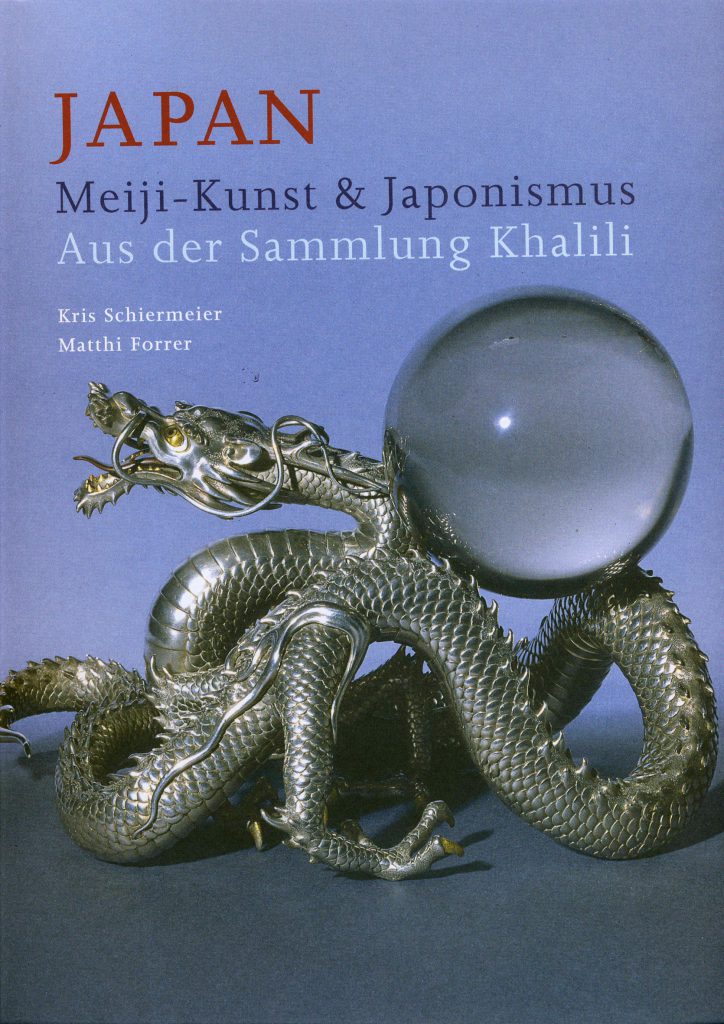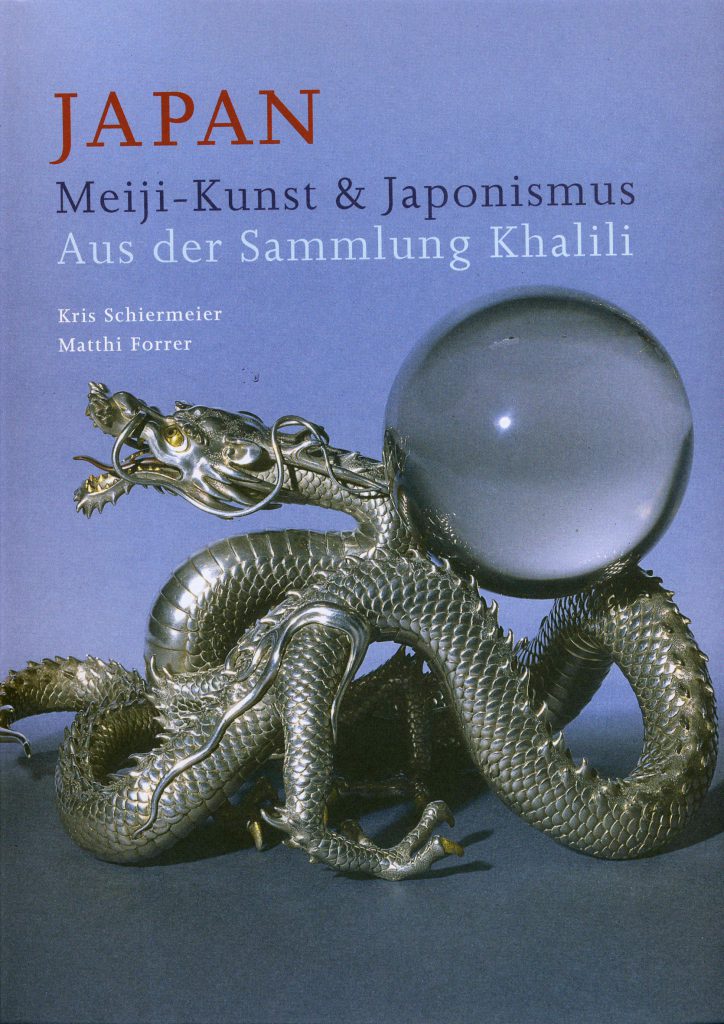


As its first major show of 2007| the Kunsthalle Krems presented an outstanding and comprehenisve exhibition of Japanese art of the Meiji era as well as European Japonism which followed in its wake. These two parallel phenomena are the focus of attention of ‘Japan’| showcasing the incredible craftsmanship of Japanese Ukyo-e and applied arts while carving out its close ties to the roots of European and particularly| Austrian modernity|
Formerly a tobacco factory in the 19th century| the Kunstalle Krems was extensively restored and opened as the international exhibition centre of Lower Austria on 31st March 1995.
The exhibition featured over 100 objects from the famous Khalili collection| the world’s largest and most diverse collection of Japanese Meiji art. These works| which were all made during the reign of the Emperor Meiji who ruled from 1868 to 1912| were complemented by paintings by Vincent van Gogh| Egon Schiele| Gustav Klimt| Hans Makart and other outstanding artists who were immensely influenced by the stylistic implications and themes or Japanese art.
The reign of the Emperor Meiji was a period of enormous change in Japan| when the nation was recreating itself as part of the world community after several centuries of isolation. Emerging from its feudal past| Japan was rapidly industrialised and developed as an economic power| Following the downfall of the shogun regime| Japanese artisans lost their traditional samurai patrons and were obliged to find new markets for their skills| They began applying their skills to new forms of art – metalsmiths began making bronze sculptures and incense burners| ivory carvers began fashioning sculptures and enamel artists perfected a new type of wireless cloisonné that took Europe and America by storm.
The elegant workmanship in exquisite materials of such beautifully finished pieces made them highly desirable and they were much sought after by the imperial family as well as wealthy Japanese collectors. Western connoisseurs first encountered Japanese objects of unprecedented quality like these at the world fairs that were held in Europe and America from the mid-l9th century. The broad representation of Japan at the World Fair in Vienna of 1873 was a key inspiration to Austrian & European artists| which influenced not only their own work but would resurface in modernity from Art Nouveau to the globalised aesthetics of today.
The Kunsthalle Krems exhibition was a joint-venture with the Van Gogh Museum in Amsterdam and the Khalili Collection of Japanese Art.
The exhibition was compiled by Kunsthalle Director Tayfun Belgin with guest curator Fillip Suchomel.



